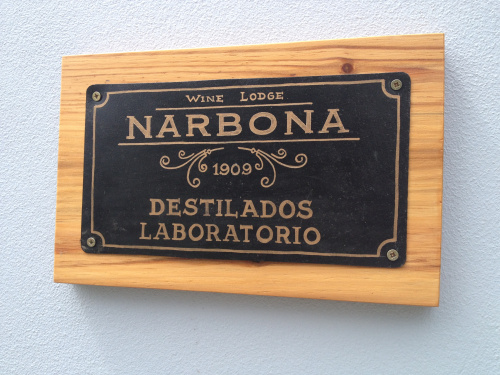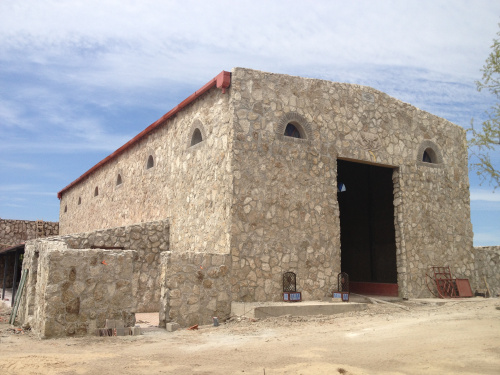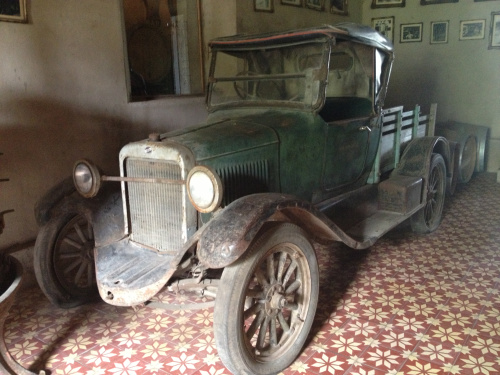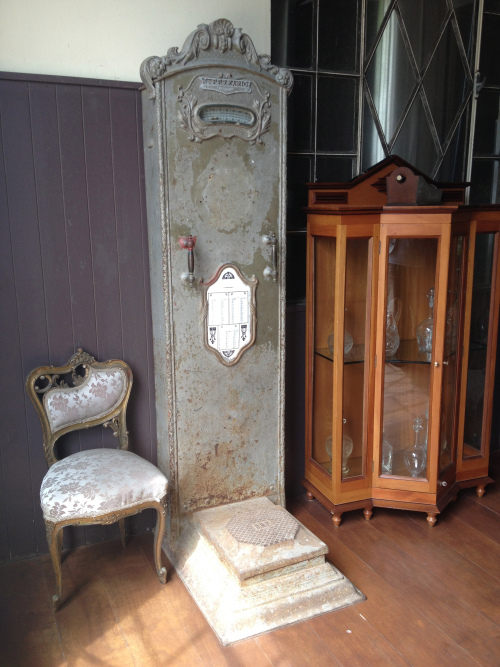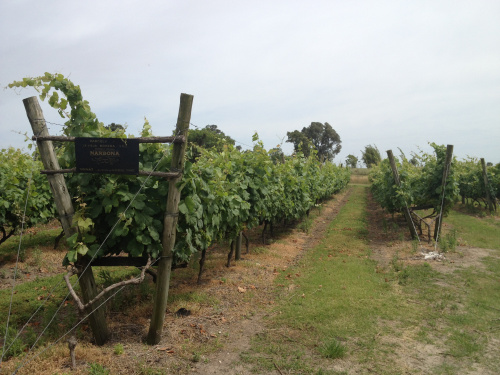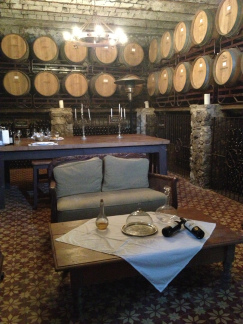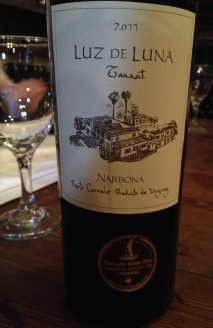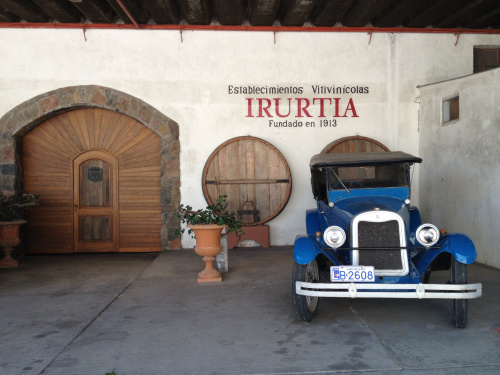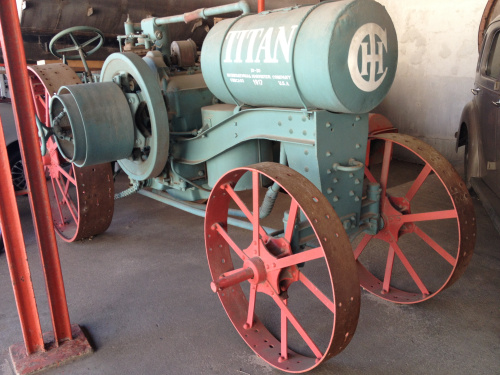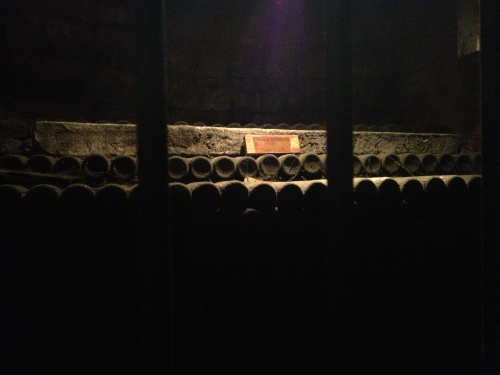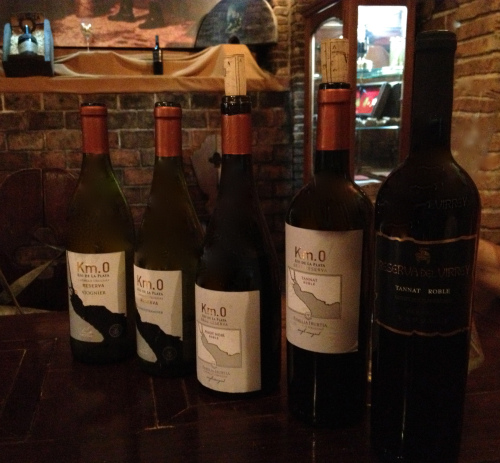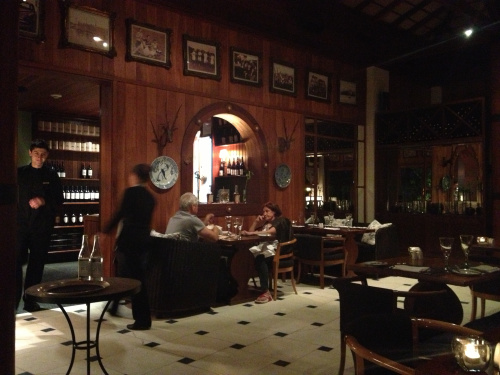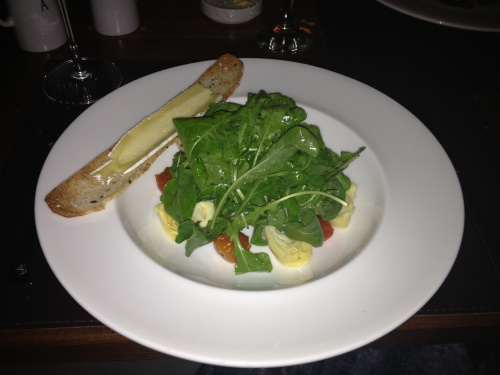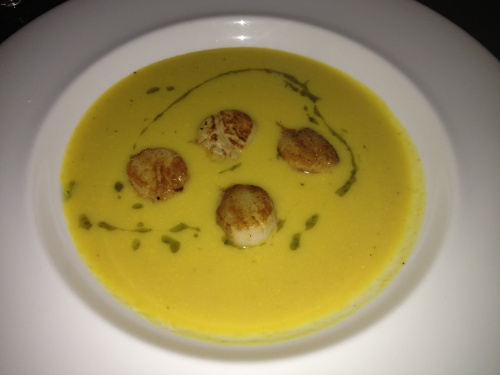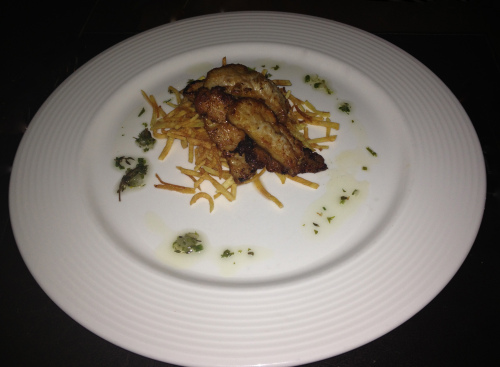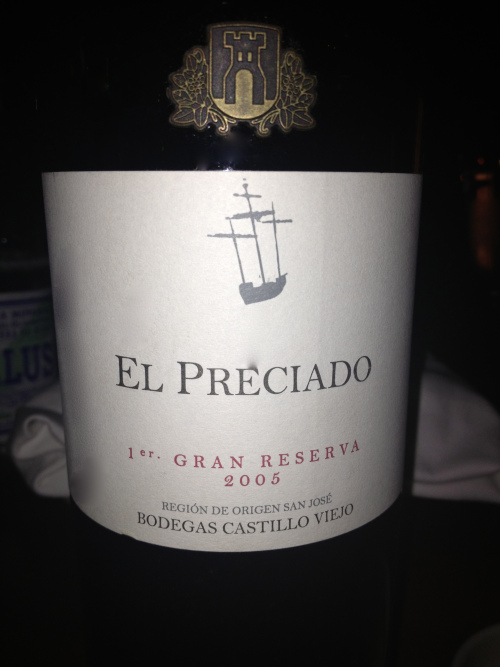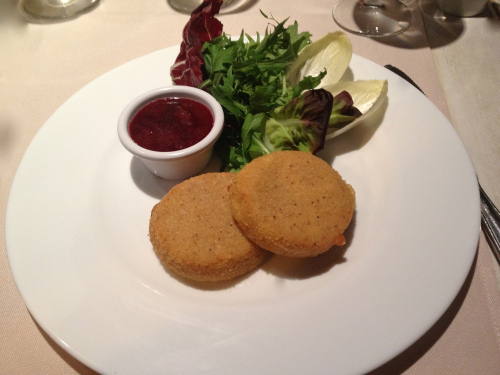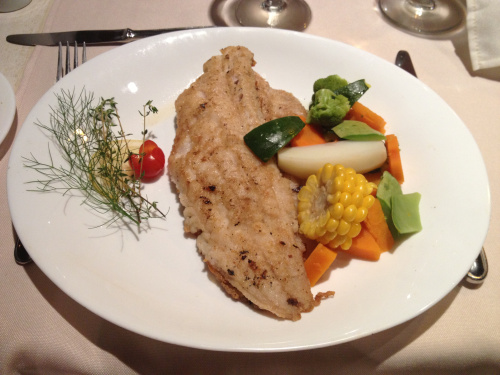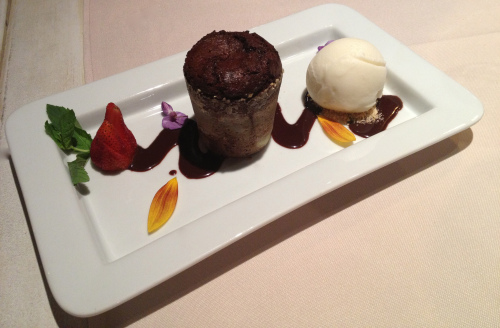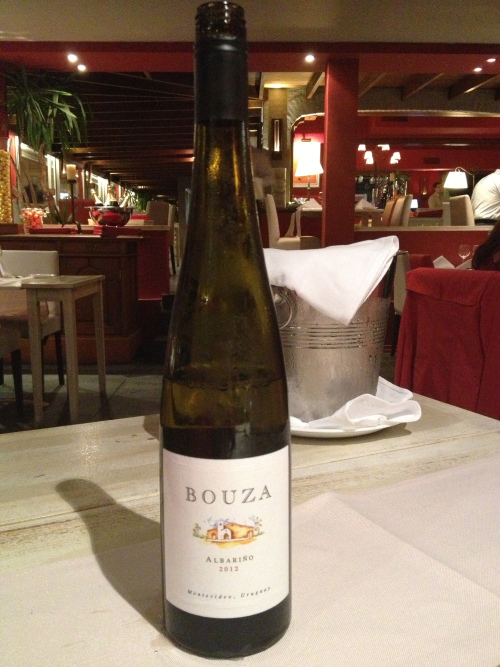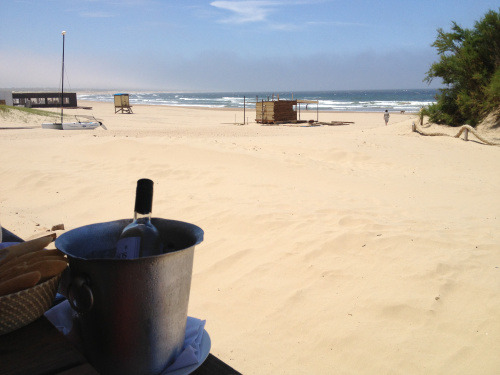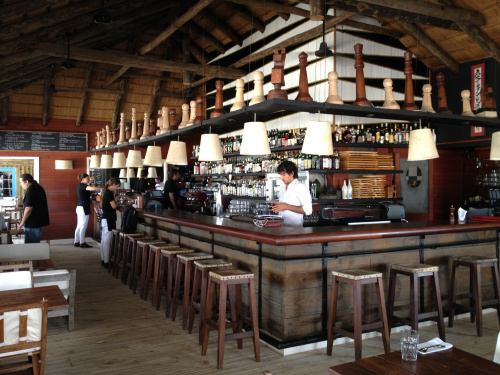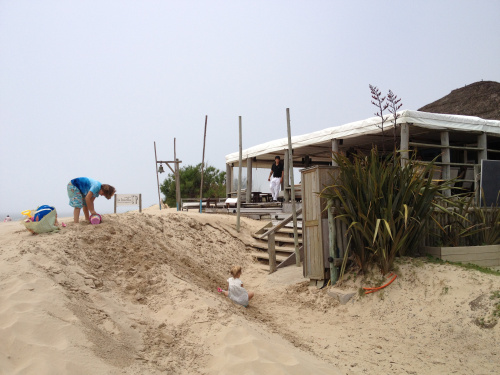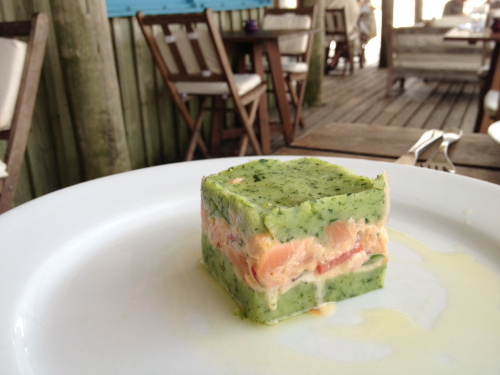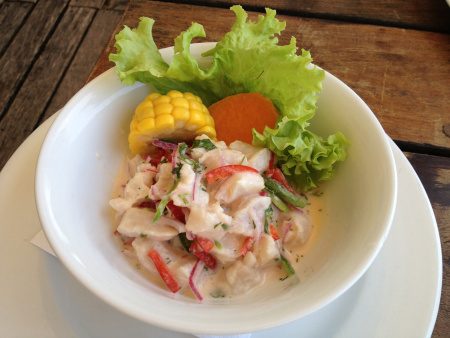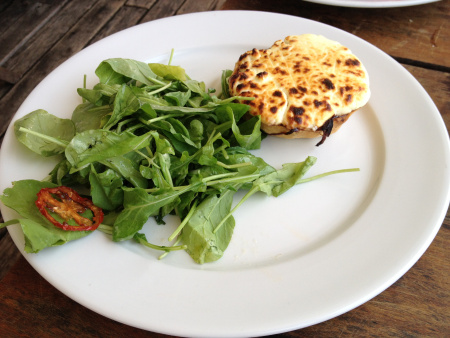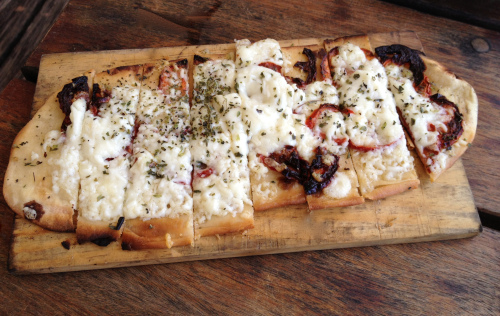Alto de la Ballena: a big wine whale in Uruguay
Alto de la Ballena winery nests at a premium location in Uruguay. Not just for being in the vicinity of the popular holiday town of Punta del Este, but the views from the winery evoke a certain Western nostalgia as the rose scented canvas of the land twinkles under the sun setting behind the horizon. In that very moment the ranch cattle hoofs the pastures in search of the tastiest grass, while your graze is pleasantly distracted by a small lagoon nearby that accentuates the harmony of nature with the background of the rolling hills creating a breath-taking spectacle. Experiencing a sunset like this at Alto de la Ballena with a glass of its delicious wine feels as if it was a cut-out of your imaginary paradise.
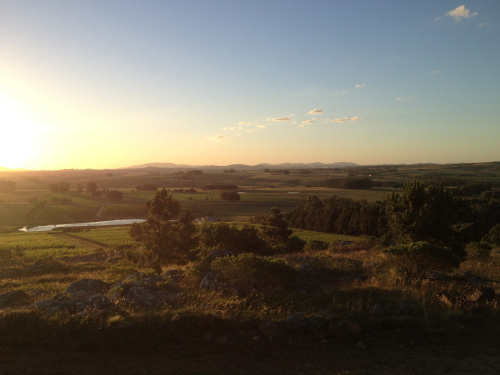
The winery’s name Alto de la Ballena means “The highs of whales” and comes from its location at Sierra de la Ballena, the “Whale Hills”.
The owners Paula Pivel (the winemaker) and Alvaro Lorenzo (her husband and director) bought the almost 20 hectares of land at the turn of the second millennium. In late 2003 Paula left her job at a bank in Montevideo, the capital city of Uruguay, to devote her life to winemaking at Alto de la Ballena. Before acquiring the chief wine position at the winery she studied as a winemaker at the National Wine School in Uruguay.
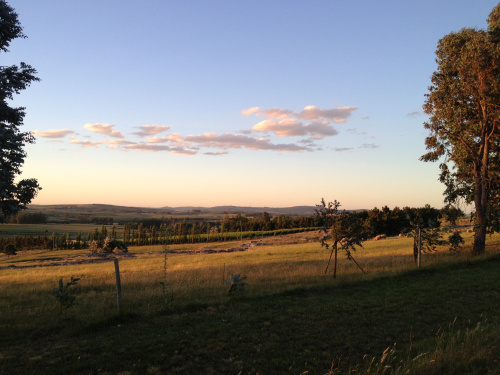
So far only eight hectares are planted with vines. The iron-rich soil of oxidised grey granite, schist and quartz is ideal for producing high quality wines. The first harvest was in 2005, four years after planting the first crops on the estate. Most of the property lies on a stubbornly rocky slope, that is unsuitable for the vine plantation, yet it is visually attractive and popular with the local animals and the colourful, harmless lizards.
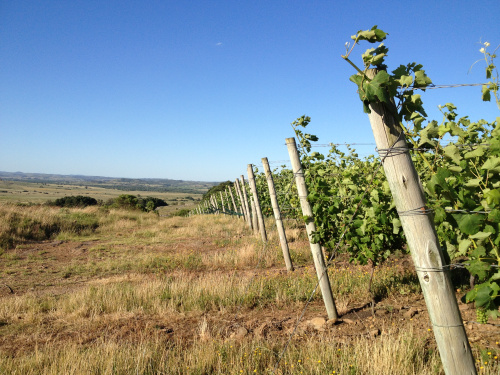
The varietals planted are: Merlot, Tannat, Cabernet Franc, Syrah and the lonely white Viognier. Sustainable winemaking is prominent in Uruguay and the winery embraces most of its aspects. This includes underground ageing of the wines, thus “taking advantage of the topography and the location at the foothill“. With the gratitude to this system a high amount of energy is being saved.
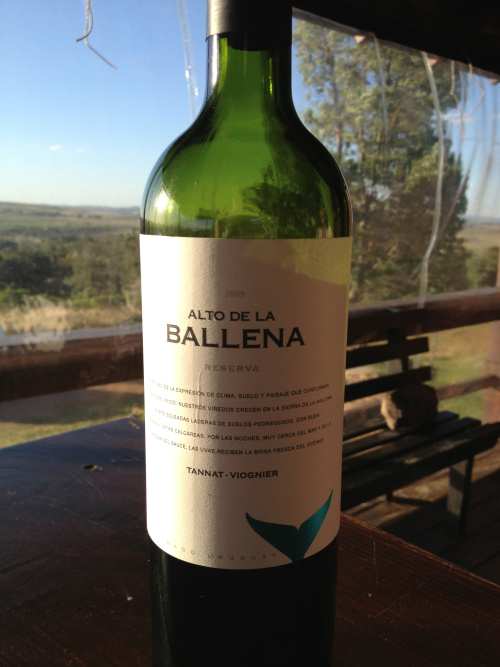
Alto de la Ballena makes single varietal wines such as Syrah and Merlot, but also blends with Tannat. The Reserva of Tannat, Merlot and Cabernet Franc being an exemplary achievement of balance and roundness. The fresh, yet slightly jammy fruit is harmonised by a touch of barrel wood and rewards with a lingering finish. More adventurous is the blend of the highly tannic red Tannat with Viognier, the later a white Northern Rhone fragrant grape varietal. The problem with this blend is that the result proved to be highly vintage sensitive so the winemaker decided to discontinue this blend. I have tried the 2008 vintage that was complex (the floral touch of Viognier contrasting with the big and powerful Tannat with a zing of fresh mint), yet not my favourite. The fruity, round and balanced Merlot with a masculine touch of cigar and tobacco and the velvety smooth Reserva 2008 red blend were my preferred sips.
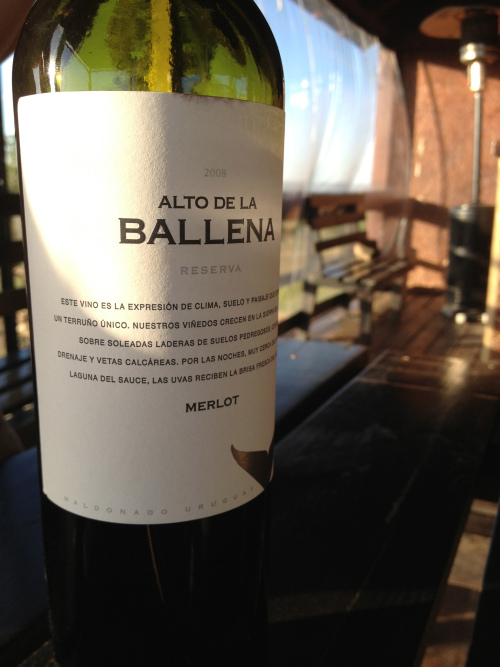
Success came quite soon for such a new winery. With the first wine released to the market in 2007, the wines I have tasted proved to be very well done. Striving for harmony and complexity is surely the right way to go for the ambitious female winemaker. I have greeted her at a number of big European wine fairs, and by now I am sure she found importers in Germany and beyond.
We tasted the wines together with an abundant cheese plate collected from the local farms that Paula prepared for us in the tasting “room”. This was a wooden deck protected from the local strong winds by the flickering shields of see-through curtains, not disturbing too much the spectacle of surrounding landscape. It was truly an balmy experience that I would recommend to anyone visiting Uruguay. If you get bored with lying on the beach, then set off for a small wine tasting trip and enjoy the beauty of the Uruguay’s countryside.
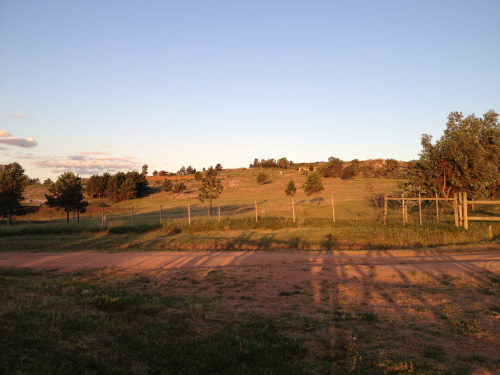
VISIT Alto de la Ballena:
Bodega y Viñedos Alto de la Ballena
Ruta 12 Km. 16.400
Sierra de la Ballena – Dept. Maldonado, Uruguay
+598 94 410 328


